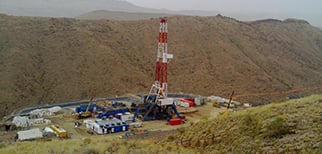SOS Children’s Villages

The SOS Children’s Village Association, founded back in 1949 in Austria, was developed to provide long-term care for children who are orphaned, displaced or can no longer live with their families.
To promote healthy living environments, SOS villages employ warden mothers, who are responsible for taking care of children. Moreover, various facilities such as hostels, schools, mosques, playgrounds and vocational training centres are provided for the development of children. Formal education in many SOS villages around the world is provided using the Hermann Gmeiner Schooling System, starting from kindergarten to secondary school.
In Pakistan, the first SOS Village was developed in 1977 followed by a youth facility in 1986 in Lahore. Presently, there are nine SOS villages with family homes and youth hostels in various cities together with two more expected to become operational soon.
PPL has funded the construction of two SOS villages in Quetta and Jamshoro.
Quetta
The youth hostel of the SOS Children’s Village of Balochistan, situated in Quetta was constructed with PPL’s support and has been in use since early 2009. The land for the village is provided by GoB.
The hostel comprise four family houses with five rooms each that can accommodate about 50 children, a common area, including a computer room, TV lounge and library, administrative offices and playground. Besides, PPL has also provided funding for building a mosque at the SOS facility.
Jamshoro
With a covered area of approximately 50,000 sq. ft., SOS Children’s Village, Jamshoro was constructed on land donated by the University of Sindh, Jamshoro, about 15 km away from Hyderabad. The facility consists of 15 family homes, five staff residences, administrative block, library and computer center, play area, auditorium, mosque, clinic, workshop, store, shop and a community centre, catering to about 150 children.
PPL has funded the construction of the facility along with other local and international donors. SOS Village, Jamshoro is expected to be operational in 2012.








